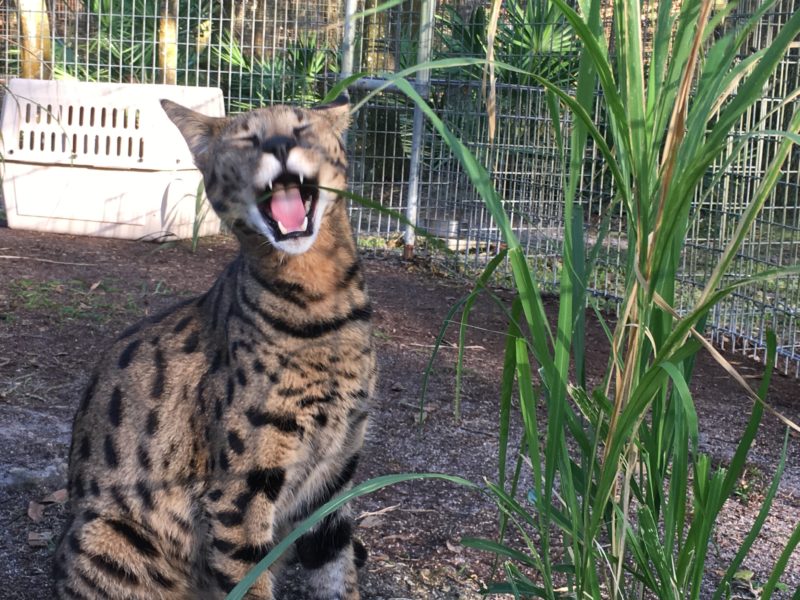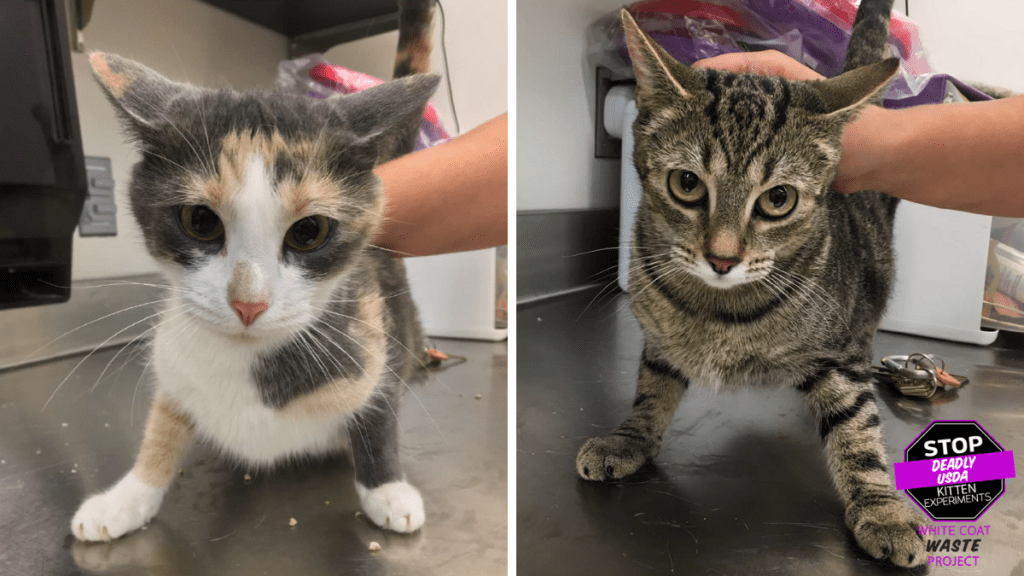My post last week about hybrid cats seems like a good transition into the next part of my blog: wildlife conservation. This week I will be highlighting the mighty Cheetah. Cheetahs are personally my favorite animal after regular house cats, and it is devastating to me to know that their populations are struggling right now.

Fig. 1 Cheetah
Cheetah’s are known for their speed and agility on the African savannah. They can run up to 23 feet in a single bound and up to 60-70 miles per hour! This makes them the fastest land mammal on the planet; however, this speed comes at a price. The cheetah has small teeth to give room for large nasal passages. This makes the cheetah less able to fight off predators such as lions, and if they are forced to choose between fighting over prey and running away from a lion, they will run away and will be left without food. Cheetahs are also extremely interesting because they do not roar. Cheetahs will typically make noises more like chirping and can even purr!
These are amazing animals but are currently considered to be a vulnerable species on the endangered species list. Human activity and habitat destruction has caused the cheetah population to drastically decrease over the last century. Cheetahs have become extinct in 13 African countries over the last 50 years, and only around 7,000 remain compared to 100,000 in 1900. The situation is only getting worse. Due to the destruction of the cheetah’s habitat in Africa, cheetahs have started to wander onto farms, leading to their deaths at the hands of farmers trying to protect their livestock. It’s not the farmers’ fault, as they are only trying to protect their livelihoods, but it is definitely the fault of someone. Cheetah populations are also declining because of illegal trade. Wild cheetahs are caught and sold illegally as exotic pets to the extreme rich around the globe, further damaging their natural populations.
I chose the Cheetah to highlight in this post, but these issues are happening to animal populations across the globe, and they can only be saved by human intervention. There are many conservation groups across the globe working to save animals like the Cheetah, and the only way for many of them to do their work is by getting donations. You can also go to Africa and volunteer, but that’s something that you would have to dedicate a lot of time and money into, and not everyone is able to do that, including me; however, the best way to help is to spread awareness. We can’t just let these animals suffer in silence, and making a fuss out of it spurs change, and hopefully one day we can bring these animal populations back.




